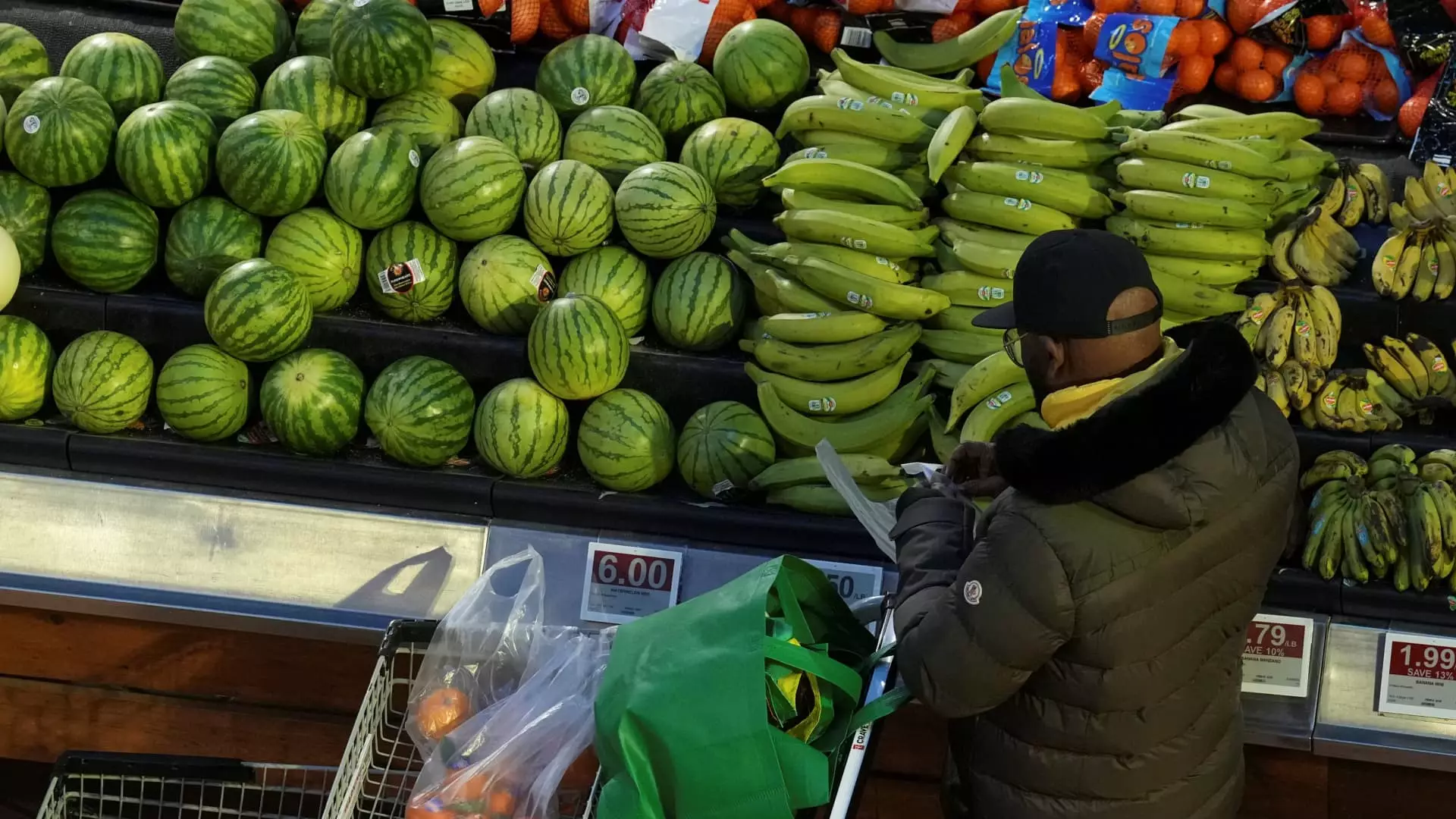Inflation in the U.S. has become an omnipresent concern, with the specter of creeping prices looming over the economy. President Donald Trump’s tariff policies, initially touted as a strategy for domestic advantage, have morphed into a significant liability. A forecast suggesting an increase of 0.3% in consumer prices across a wide array of goods raises eyebrows and questions about sustainability. While this may be a very modest uptick compared to prior months, the underlying message is crystal clear—this is not a time for complacency. The projected all-items consumer price index portrays a broader trend that suggests a slow, agonizing drawdown in inflation, leaving many to wonder if we are merely kicking the can down the road.
The Core Issue: Higher Prices Persist
At its core, what frightens many economists is not just the numbers themselves but their implications. A projected annual inflation rate of 2.9%, along with a core inflation measurement of 3.2%, exemplifies a consistent struggle to meet the Federal Reserve’s 2% target. Stability in prices is vital for economic growth, and when inflation rates refuse to align even with the Fed’s goals, we must confront the overarching question: What is the price we’re paying for these tariffs? Tariffs are generally understood to trigger one-time price increases, yet market analysts warn that they could induce a new baseline elevation in costs. If the Fed’s actions remain stifled by tariffs, the economy may pay dearly in the long run.
Sifting Through the Economic Chaos
Morgan Stanley’s Diego Anzoategui highlights three pressing issues contributing to inflated consumer costs. Rising used car prices stemming from disastrous past events, seasonality affecting particular goods and services, and supply constraints in airfares illustrate how multifaceted our economic landscape is. Each of these factors not only complicates the inflation narrative but forms a tapestry of unpredictability where consumer confidence wavers. While Fed Chair Jerome Powell may pinpoint tariffs as transient disruptions, the reality is that American consumers are feeling the pinch today—not tomorrow.
Future Outlook: A Tense Balancing Act
Looking ahead—should we remain pessimistic or hopeful? The stakes are incredibly high as the Federal Reserve weighs its response. Goldman Sachs indicates a cautious outlook, anticipating that should the economic fog lift, likely, the Fed will lower interest rates. This could either serve as a lifeline or plunge us deeper into a recession. The proposed future shifts in the auto, housing, and healthcare markets create an ambiguous picture that feels unsettling. Yes, disinflation may be on the horizon, but how much pressure will tariffs continue to apply on our everyday lives?
In the Eye of the Storm: A Call to Action
The interplay between tariffs and inflation is a lesson in the fragility of economic policies—what seems like a calculated risk may lead to catastrophic consequences if not diligently managed. It’s imperative for policymakers to reassess their stance on tariffs and inflation, lest they continue to play a game of fiscal roulette. With higher prices at the consumer’s doorstep, and systemic vulnerabilities exposed, the time for thoughtful, empirical action is now—or we may very well find ourselves navigating a much darker economic future.


Leave a Reply